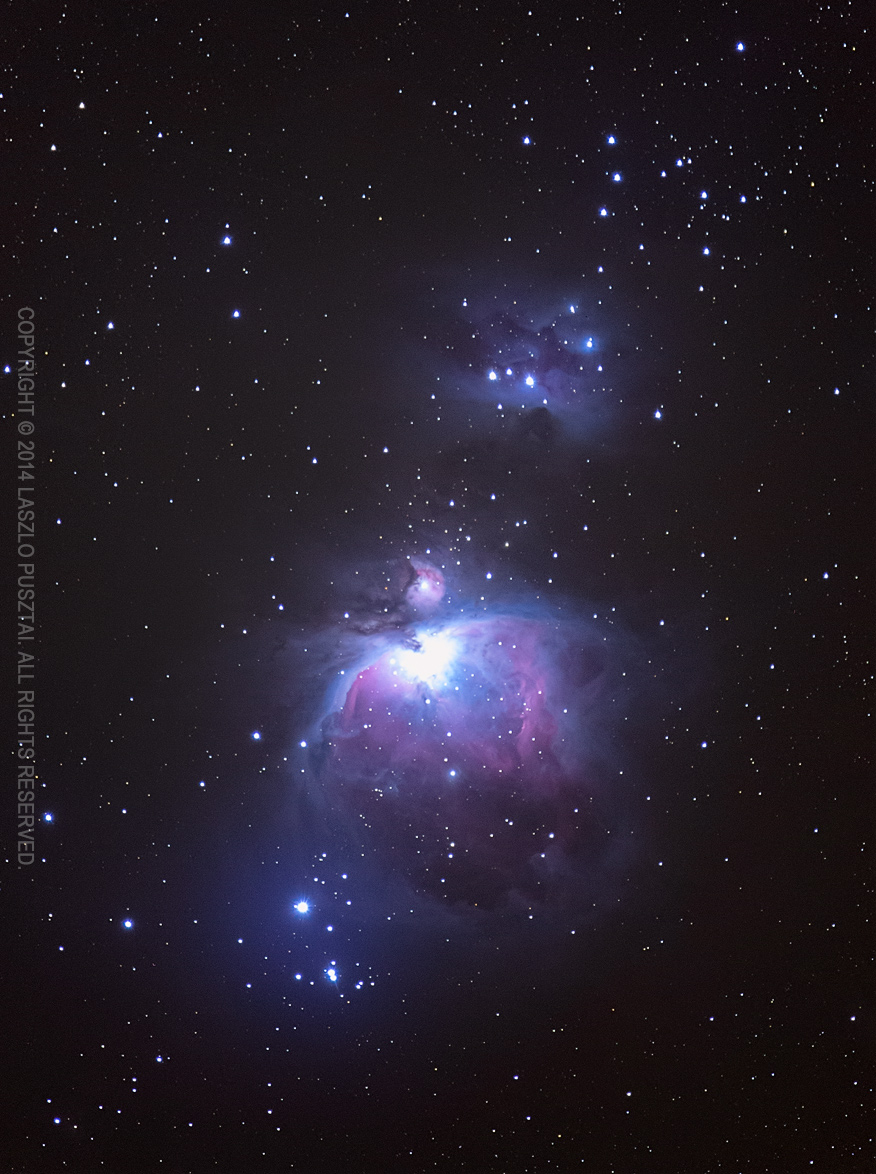 In a post last year, I talked about the replacement of my AstroTrac’s crappy polar scope with one designed for the Vixen Polarie.
In a post last year, I talked about the replacement of my AstroTrac’s crappy polar scope with one designed for the Vixen Polarie.
Well, that solution worked kind of well for a while, but the adapter was made of plastic, the scope was friction locked into the adapter, and the lack of firm bonding between the scope itself and the adapter resulted in lots of headaches.
I liked the Polarie’s scope, but its large screw-less housing was a nightmare to design an adapter for. So I went out searching for another scope, and found another Vixen product, this time the polar scope of their Sphinx mount. It is basically a naked version of the Polarie scope, with a thread on it, and without the former’s bulky case. Otherwise it’s exactly the same.
What you see on the picture is the scope with the adapter we made for it. Everything is held firmly in place by screwing things together.
And the new scope with our adapter prototype is lighter than the Polarie scope was alone (232g vs 268g).
 My current rig (with the 500 installed) is on the left. Let’s forget about the camera and lens for this post’s sake, and concentrate on what’s below them.
My current rig (with the 500 installed) is on the left. Let’s forget about the camera and lens for this post’s sake, and concentrate on what’s below them. And that was a competing tracker’s polar scope, from the Vixen Polarie.
And that was a competing tracker’s polar scope, from the Vixen Polarie.





